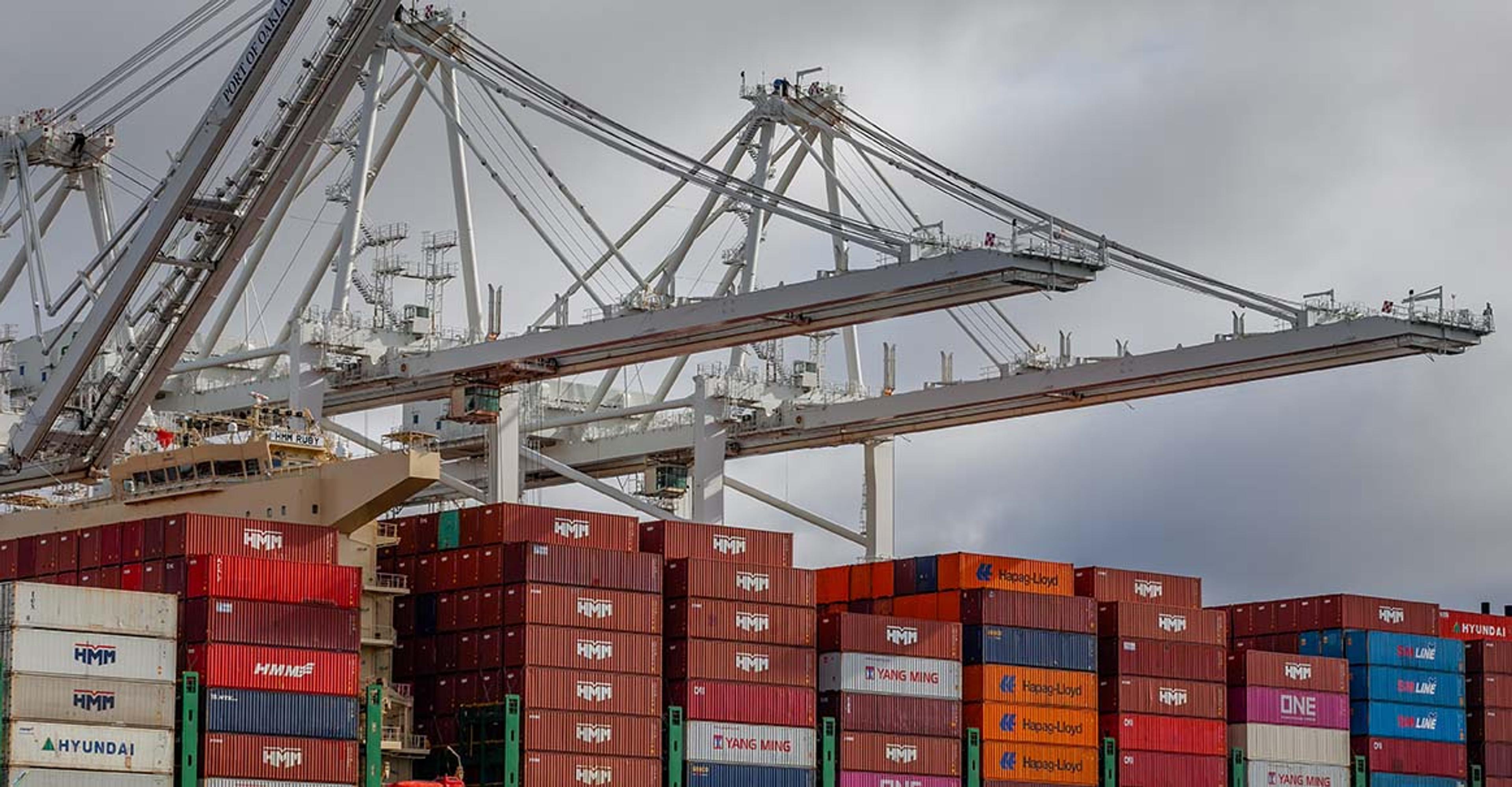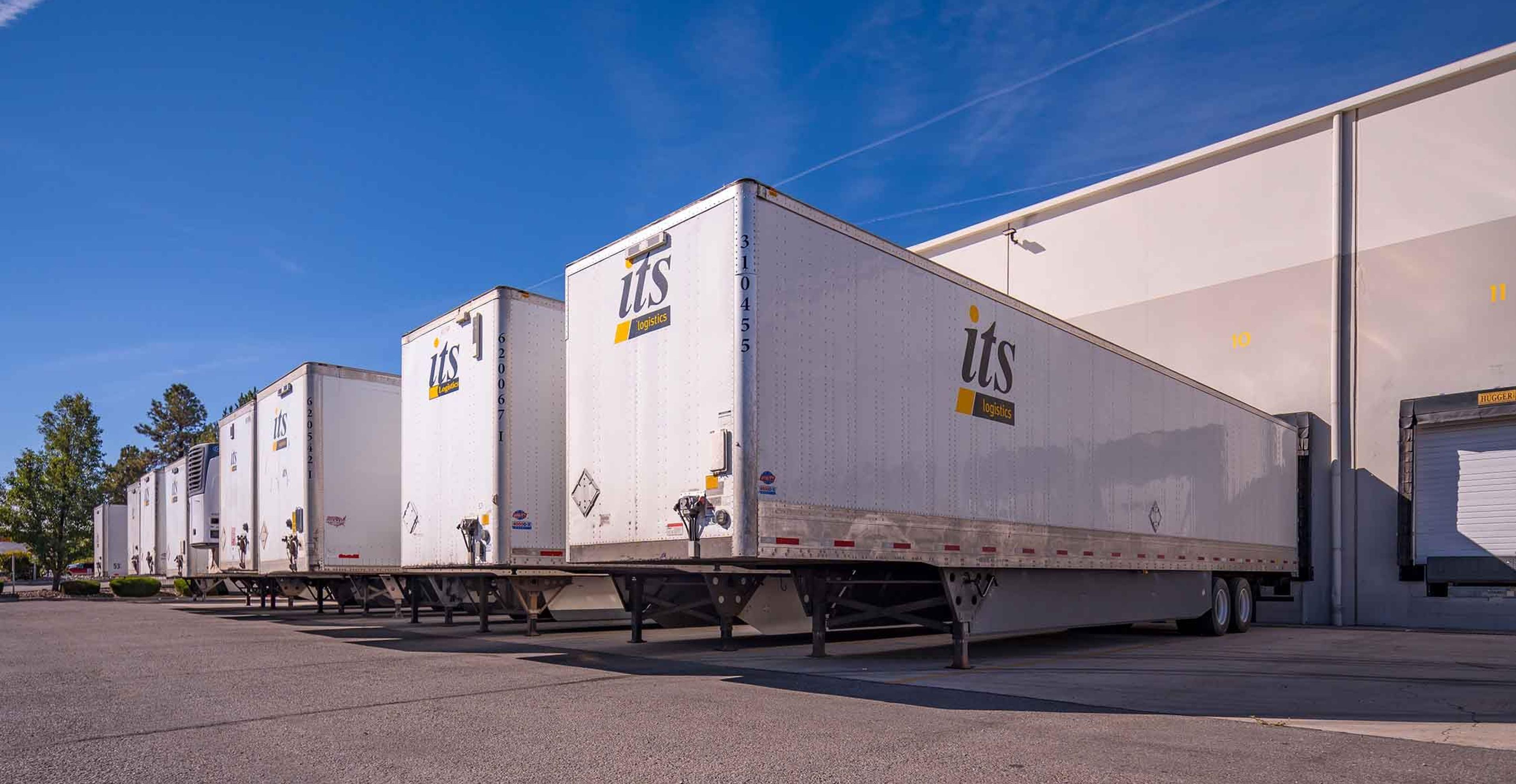IN THE NEWS: From California to Gulf Coast, Trump’s Trade War Take Biggest Toll on Nation’s Smaller, Secondary Ports

CNBC
July 21, 2025
Lori Ann LaRocco
FROM THE ARTICLE: Across the US, from California to the Gulf Coast, secondary and smaller ports are processing less trade as shippers readjust supply chain deliveries in a race against August tariff deadlines.
Recent data on container volumes shows that while the nation’s busiest port, Los Angeles, has seen a sizable bump in traffic, that has come at the expense of trade activity for smaller ports, where there has been a reduction in scheduled services for imports, according to ITS Logistics’ monthly US Port/Rail Ramp Freight Index.
“The ports of Oakland, Jacksonville, New Orleans, and Panama City [Florida] are getting sandwiched out of port calls as more shippers decide to unload their freight in the larger ports in an effort to get the product in before the tariffs,” said Paul Brashier, Vice President of Global Supply Chain at ITS Logistics.
The Port of Oakland recently reported a 10.1% decrease month-over-month in June—year-over-year container traffic was down 13%. Oakland is unique among US ports, maintaining a near 50/50 balance of imports and exports, with a big role in the nation’s agricultural trade. The Port of Oakland is the No. 1 refrigerated export gateway in the US, and nearly all containerized cargo moving through Northern California goes through the Port of Oakland.
Container volumes are key economic and job drivers for a port’s local community and economic stability, and port officials have voiced concerns in recent months about the trade war risks. The Port of Oakland, along with its partners, supports more than 98,000 regional jobs and $174 billion in annual economic activity.
Jobs and trade have also been a focal point for the larger ports, even amid a short-term increase in container volumes during the pause on the steepest Chinese tariff levels, which saw the Port of Los Angeles handle record monthly traffic in June.
....
“It’s easy to say right now, peak season is earlier than normal. Just a question of how long this will last,” Brashier said. He added that the recent trend among ocean carriers to concentrate on the largest ports like Los Angeles while skipping secondary ports like the Port of Oakland should continue.
“There is too much uncertainty in the marketplace right now for companies to truly book ahead,” he said. “Companies are reassigning their logistics to be as efficient as possible in moving their decreased number of containers. It is all about margins, so when you are negotiating with logistics companies, shippers may have more negotiating power with more containers arriving at one port instead of two or three.”
“Carriers are aligning service schedules, resulting in fewer sailings, fuller ships, and volume patterns that mirror the broader hesitancy in global trade,” said Brashier.
There are economic reasons for shippers to maintain service across a wide portfolio of ports. Brashier said the decision to cut down on ports called on can negatively lead to higher costs. Export containers can be in different locations, which can impact availability, and truck transportation costs can be anywhere between two and four times what is typical.
“Normally, a company’s distribution center is near the port where they traditionally bring their freight in,” Brashier said. “If their containers are now being offloaded at another port, that means that container pickup, which was originally a local pickup, could morph into a 400 to 500-mile trucking job. The more miles a trucker travels to pick up a container and return, the more expensive that freight move will be.”



